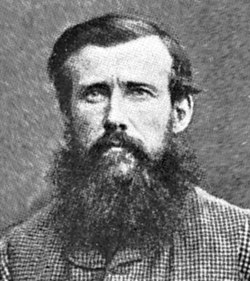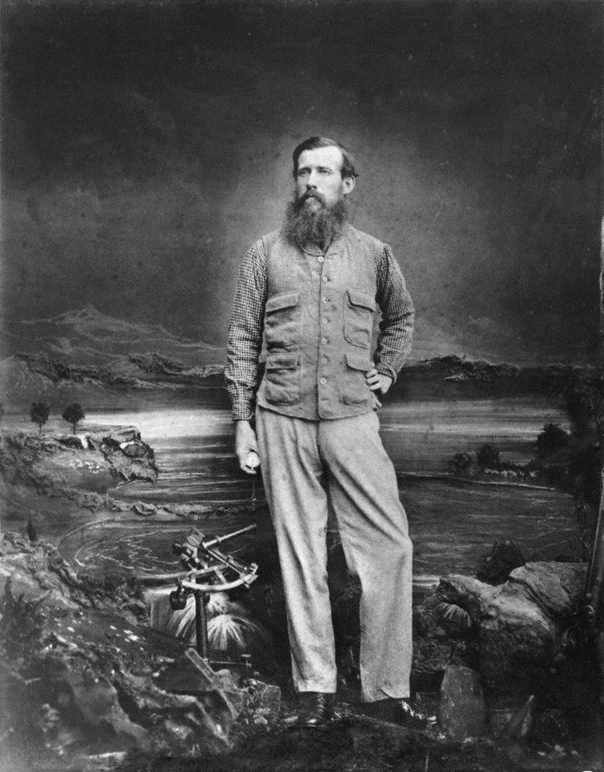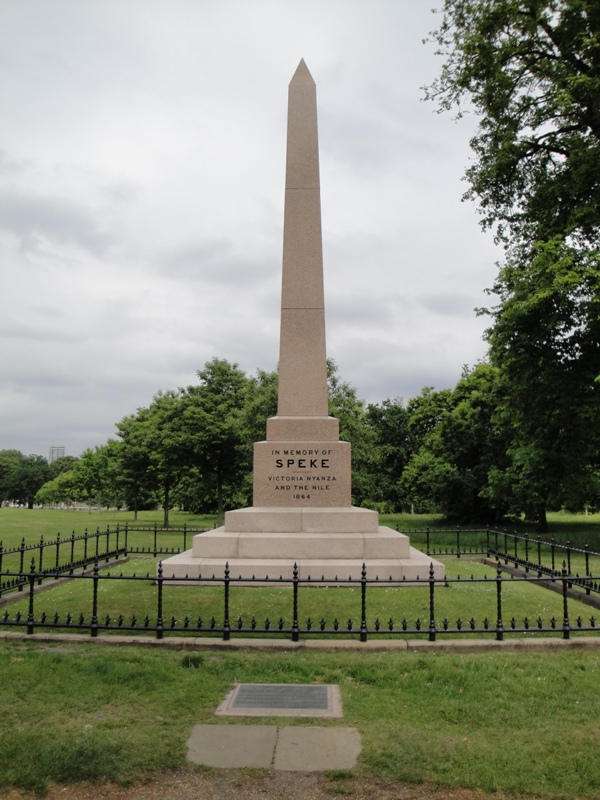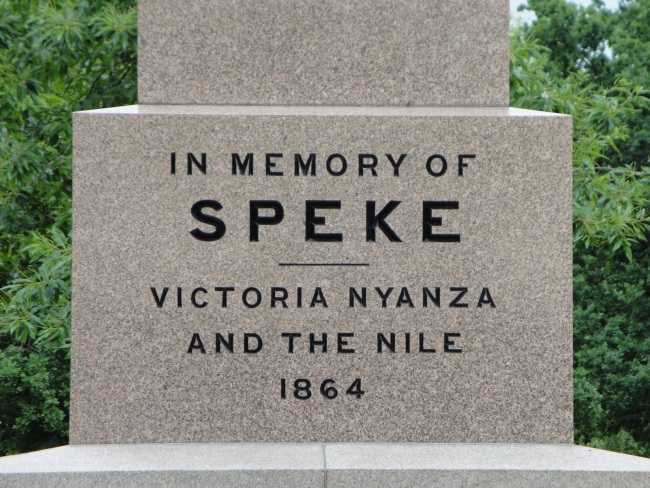Bio by: J.Sullivan
Inscription
On monument:
In Memory Of
Speke
Victoria Nyanza and the Nile
1864
On plaque:
John Hanning Speke - Explorer
(1827-1864)
Speke was the first European, while on an expedition with Richard Burton to East Africa in 1858, to discover Lake Victoria. On a subsequent journey with James Grant in 1862, he confirmed its northern outlet as the source of the Nile.
This memorial was sponsored by Sir Roderick Murchison, President of the Royal Geographical Society. The cost was met by public subscription.
It was designed by Philip Hardwick, R.A. It is constructed from red granite and was quarried and made in Aberdeen, Scotland.
The memorial was erected in 1866. Speke had died two years earlier, killed in a shooting accident by his own gun immediately before a debate with Burton about the source of the Nile.
This plaque was erected in 1995 by The Friends of Hyde Park and Kensington Gardens.
Gravesite Details
He is buried at Saint Andrew at Dowlish Wake in Ilminster, Somerset, England. This memorial is for the cenotaph at Kensington Gardens in Greater London.
Advertisement






